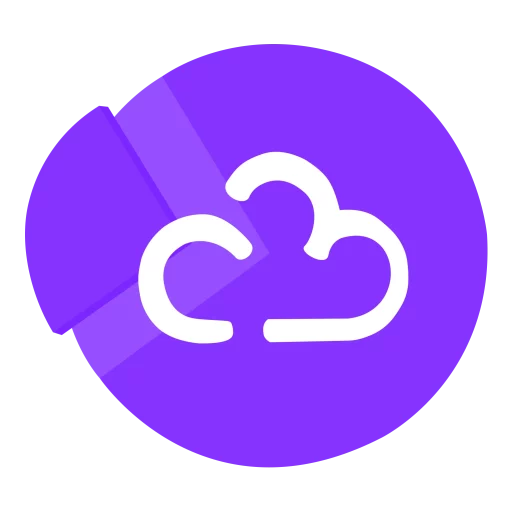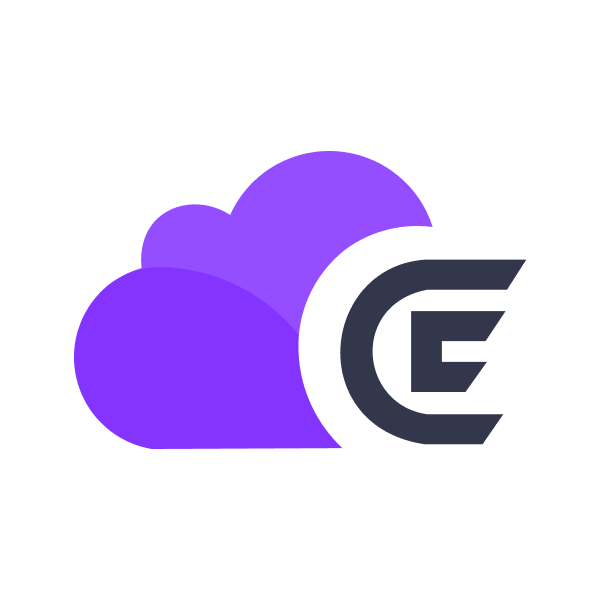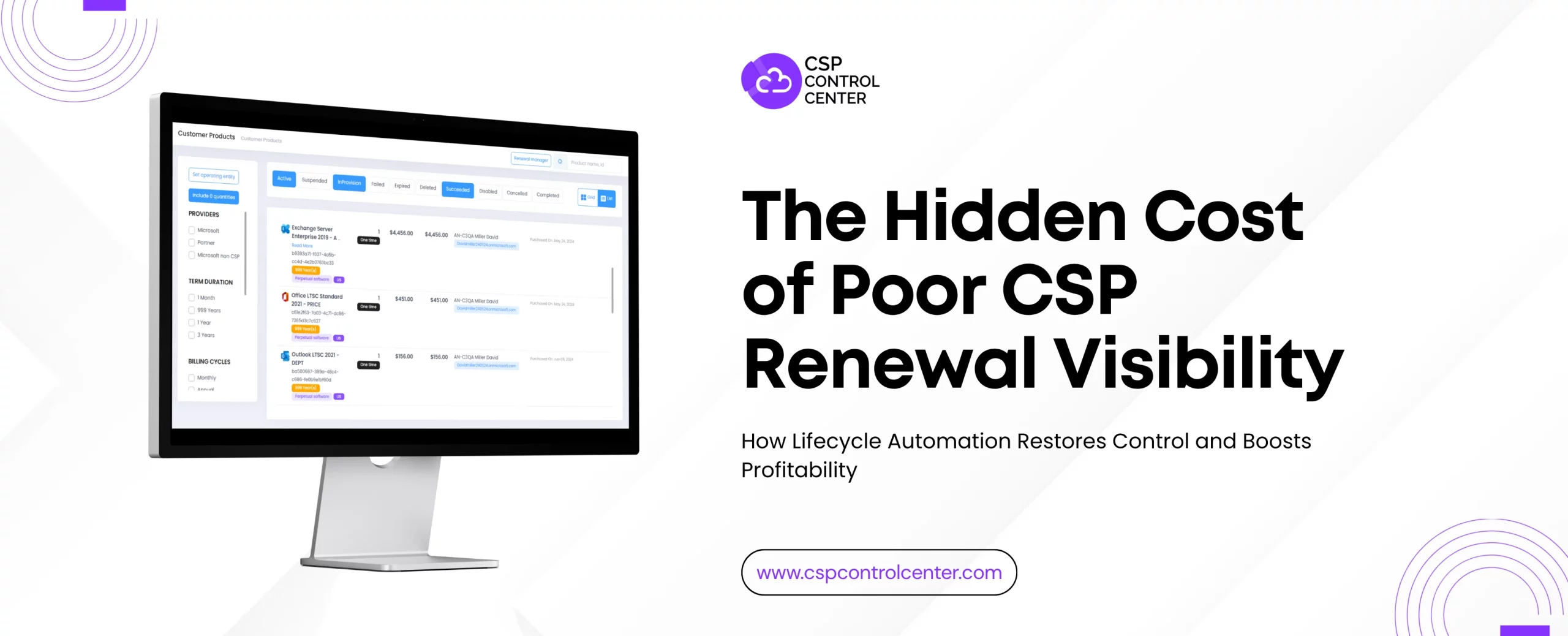Recently, in a press release, Microsoft announced that it will be updating its commercial pricing policy. The new policy which will come in effect from March 2022 reflects the value that Microsoft is able to create for its customers, as the release said. As a CSP, this change in the pricing policy will have a direct impact on your business, especially in terms of financing. Through the course of this blog, you will learn the impact such pricing changes will have on your business, the potential pitfalls to avoid and how to effectively navigate through the changes to lead your CSP business to success.
Pitfalls to avoid with the new pricing policy
The new pricing policy by Microsoft will not only have an impact on the end users and customers but will also have significant repercussions for the solution providers. Let’s quickly explore the possible pitfalls that you might face that may lead to revenue leakages and customer dissatisfaction.
Invoicing errors
Pricing changes are often followed by invoicing errors that are processed manually. Since the pricing change is not uniform, i.e., an equal percentage increase across, updating price for each service can be an administrative nightmare, which might lead to invoicing errors. CSPs might end up sending incorrect invoices leading to customer frustration.
Revenue leakage
A direct impact of invoicing errors can be on the revenue. Even if one invoice for one service is made taking into account the earlier pricing, there is likely to be a significant revenue leakage. While you will receive a lower revenue from your customer, you will end up paying a higher price to Microsoft, based on their calculations, leading to financial loss.
Miscalculation in incentives
Finally, the pricing change might also reflect a change in the incentives and margins for every CSP. A manual process of calculating the revised incentives for each service might lead to errors. This will invariably result in profit leakage and negatively impact the bottom line.
Keeping up with dynamic pricing with C3
It is quite evident from the above that there are potential pitfalls that CSPs are vulnerable with the new Microsoft pricing policy, especially those relying on manual billing practices. Here, partnering with a CSP automation platform is extremely fruitful. Such platforms can:
Automatically update dynamic pricing
A CSP automation platform like C3 automatically updates the pricing for all your customers without any manual intervention. It leverages Microsoft APIs to account for the pricing changes and help reduce human effort and error.
Manage diverse invoices
Not only does an automation platform reflect the changing prices, but it also ensures that the same are translated to invoices without any errors. Many customer invoices might be for unusual durations and automatically updating these will prevent any revenue leakage.
Comprehend price changes in different currencies
Finally, the price changes will be different for different currencies, based on the conversion rates. C3 enables CSPs to sit back as the platform takes care of error free currency conversion to create invoices according to the new pricing system, without any friction or revenue losses, taking into account different tax regimes.
To conclude, transition to an automation platform will be a wise move for all CSPs. This will enable them to seamlessly adapt to the new pricing policy without any friction on either the customer or the employee end. At the same time, it will allow CSPs to focus on business growth while internal management and financing is taken care of.

 CSP Control Center
CSP Control Center
 CloudEvents
CloudEvents


